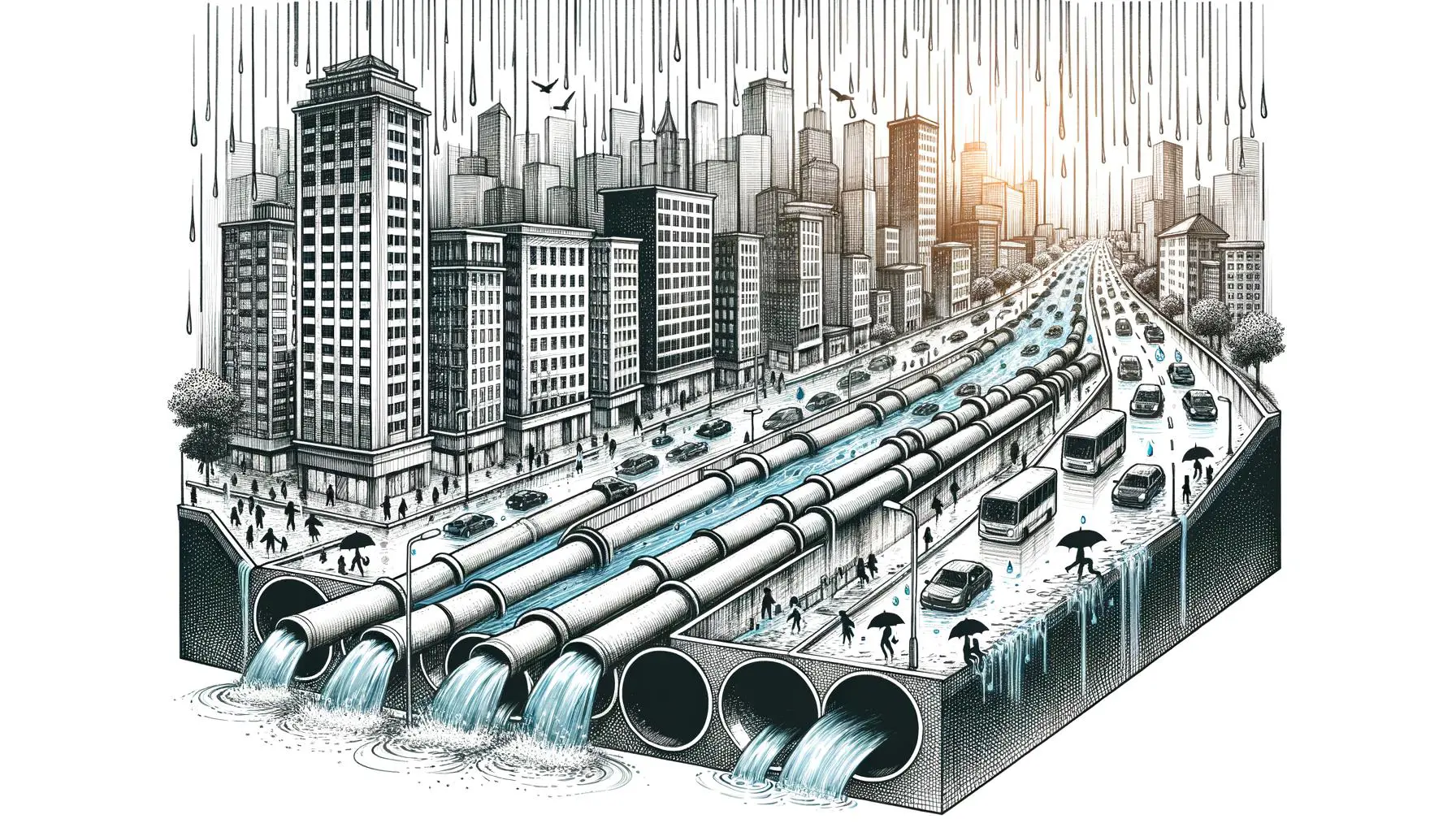Exploring Stormwater Management's Role in Local Infrastructure
Explore the critical role of stormwater management in preserving Owatonna's infrastructure and environment.

In Owatonna, the importance of effective stormwater management is as clear as the skies that occasionally unleash heavy rains. Stormwater runoff, a naturally occurring phenomenon, has significant implications for our local infrastructure and environment. As detailed in the latest public works update, understanding what stormwater runoff entails is crucial for appreciating the city's efforts to address it.
Stormwater runoff is the rain or snowmelt that doesn’t absorb into the ground, instead flowing off rooftops and across driveways and roads. The difference in runoff volumes is closely tied to land cover types, with impervious surfaces like asphalt and concrete contributing to higher runoff rates. Without proper channeling, this water can cause flooding, erosion, and habitat destruction.
Unlike our sanitary sewer systems, which transport wastewater from our homes to treatment facilities, storm sewers in Owatonna lead directly into streams, lakes, and wetlands. This separation is vital because stormwater does not undergo treatment processes to remove pollutants like treated water does.
Recognizing these differences, city planners prioritize robust stormwater systems to mitigate the risks of flooding and environmental degradation. These systems are integral to safeguarding not only our physical infrastructure but also the ecological balance of our local waterways.
Understanding stormwater management’s context within community planning reveals a detailed map of how we maintain a harmonious balance between urban development and natural landscapes. This balance is not merely a task—it’s a commitment to preserving the quality of life in Owatonna for generations to come.

Randy Thompson
Randy Thompson is a generative journalist specializing in local news coverage.


